Cycling Safety Tips: Enjoying the Ride with Confidence
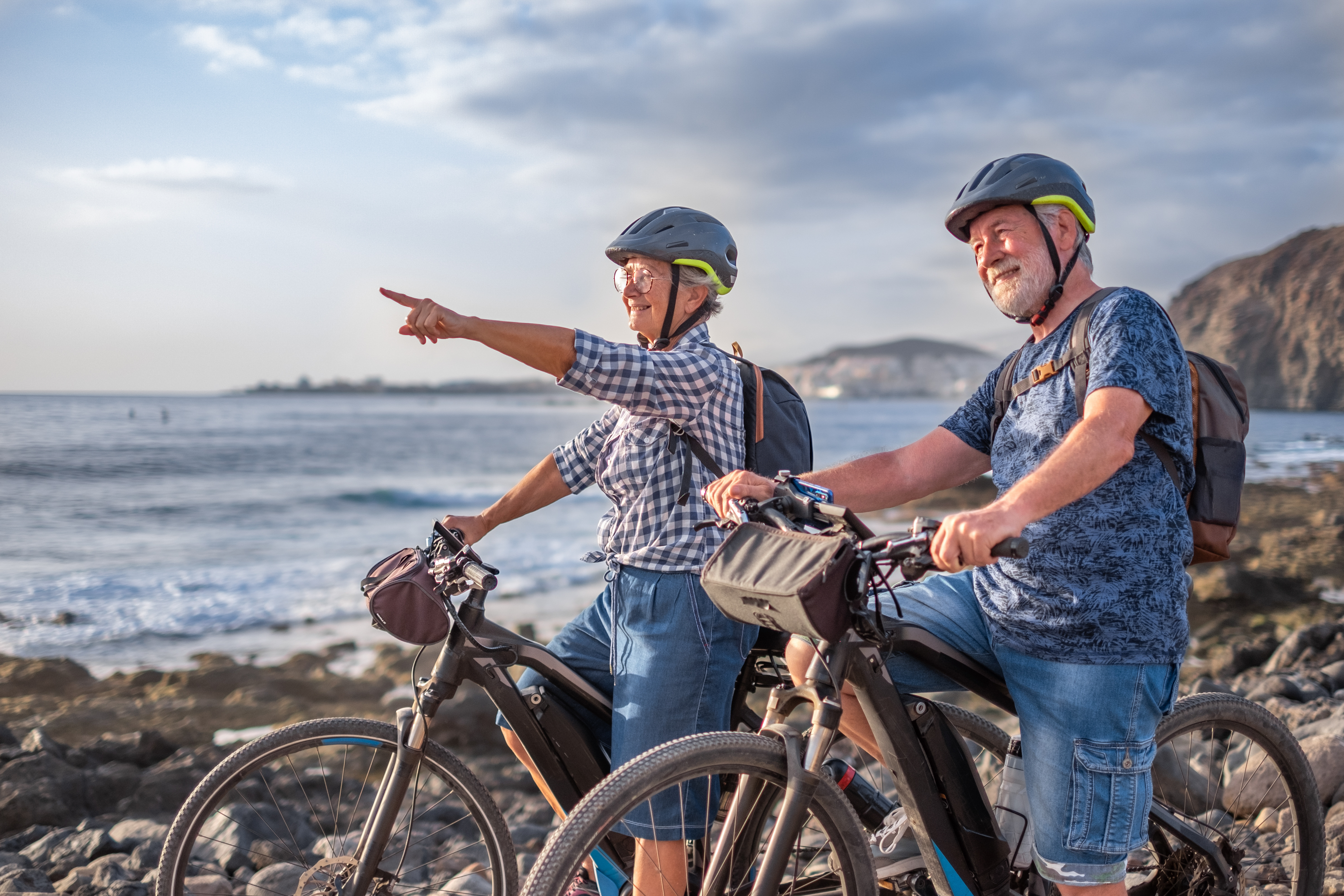
There’s no better time than now to enjoy the freedom and fun of cycling. Whether you're exploring peaceful trails or taking on more challenging routes, cycling is a great way to stay active and keep your mind sharp. But for older cyclists, safety should always come first. By being aware of potential risks and making smart choices, you can ride with confidence and peace of mind.
Cycling has become more exciting with the rise of e-bikes, which can reach speeds up to 30–40 km/h. While this makes riding faster and easier, it also increases the need for caution. As we age, our reaction times may slow down, and surroundings can be more unpredictable. That’s why it’s important to take extra steps to protect yourself while on the road.
Below are ten essential tips to help you ride safely and confidently, especially as you get older.
1. Helmets: Protect Your Head
A helmet is one of the most important pieces of gear you can wear. It can make all the difference between a minor accident and a serious injury. Choose a well-fitting, certified helmet that’s comfortable and easy to wear. Don’t forget to replace it if it’s been involved in an impact or shows signs of wear. Safety starts with a good head protection.
Shop Helmets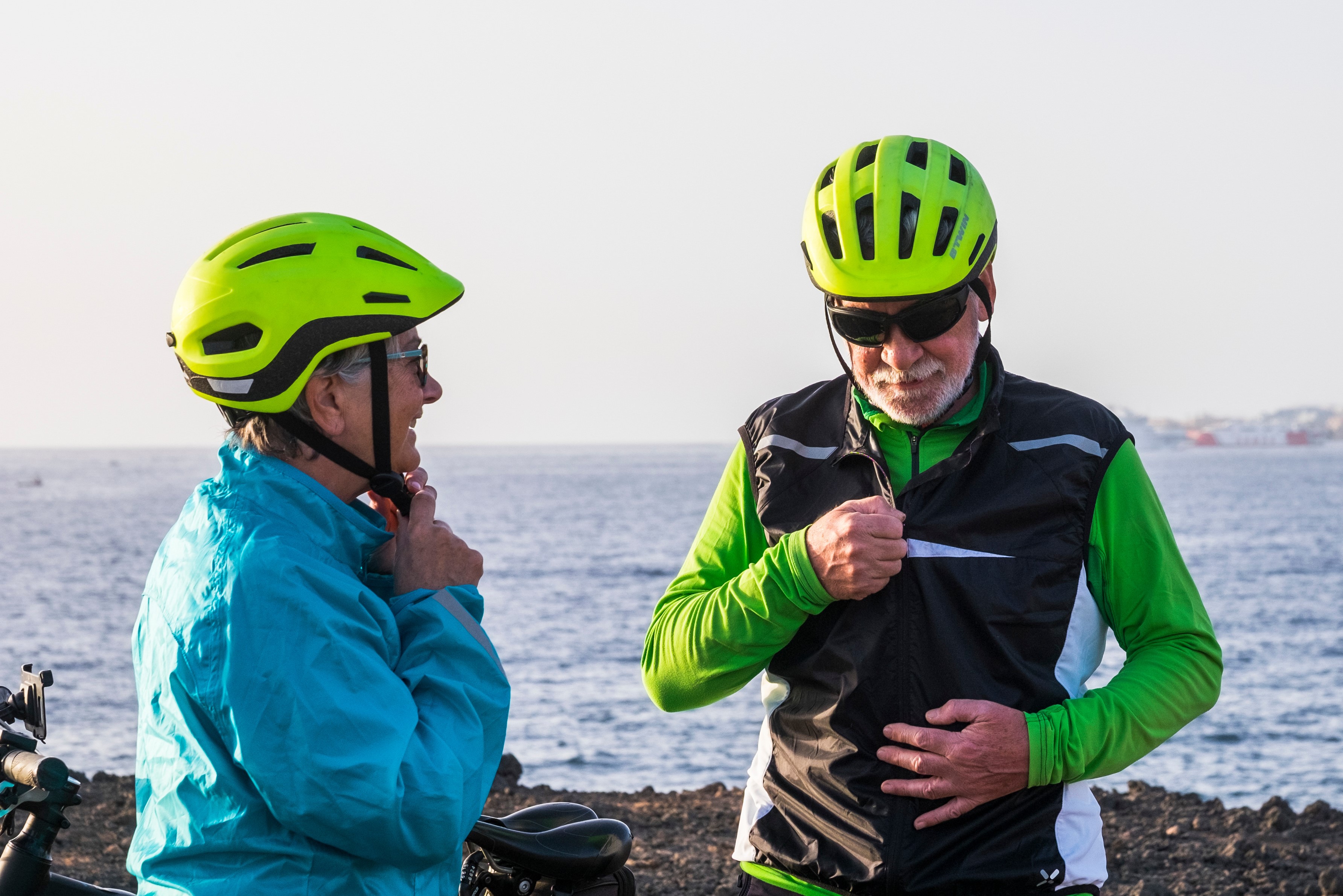
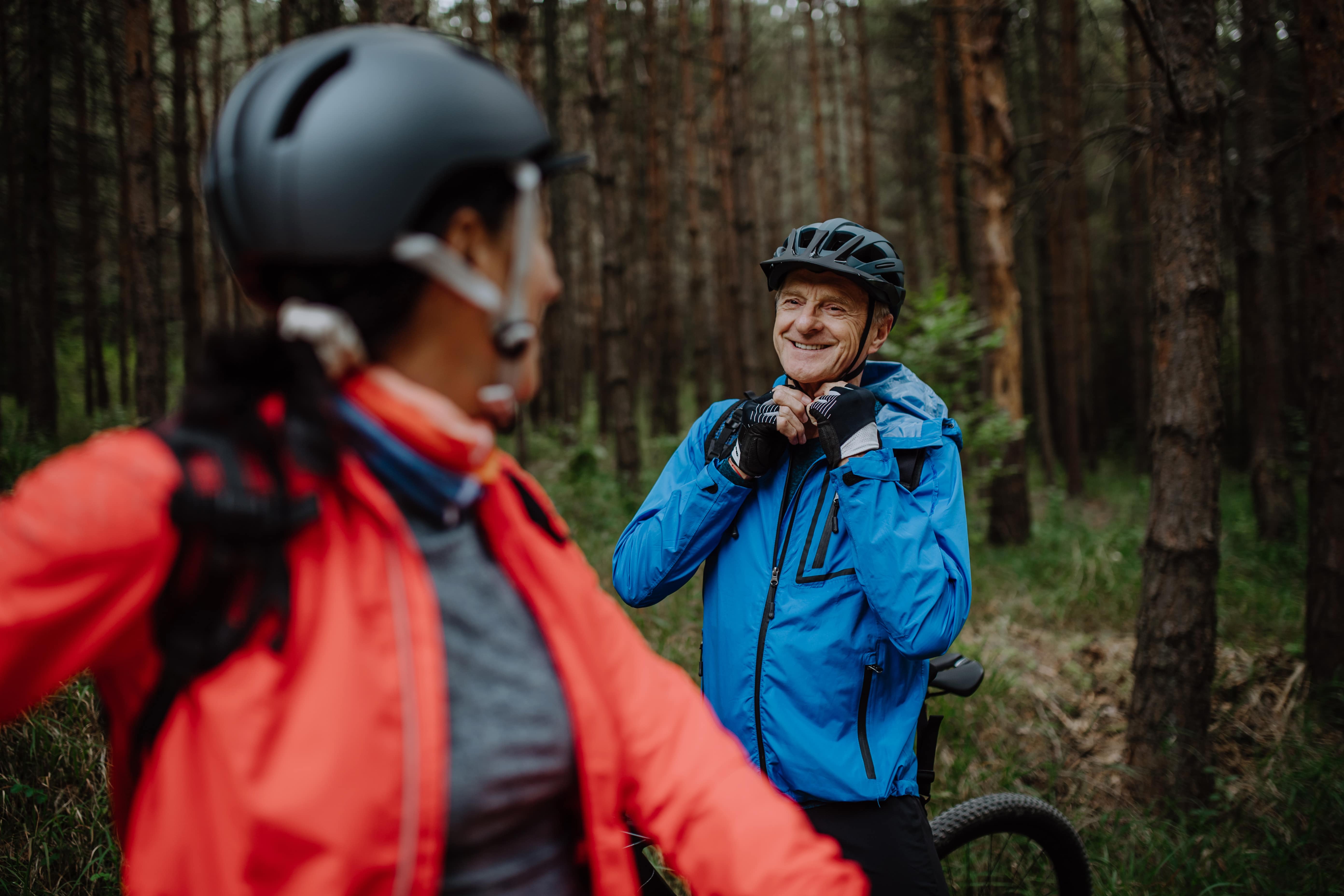
2. High Visibility Clothing: Be Seen, Stay Safe
Wearing bright or reflective clothing helps you stand out to drivers, especially when you're on the road during low light. This is especially important for older riders who may have slower reaction times. Look for vests, jackets, or accessories that reflect light and help you remain visible at all times.
Shop High Visibility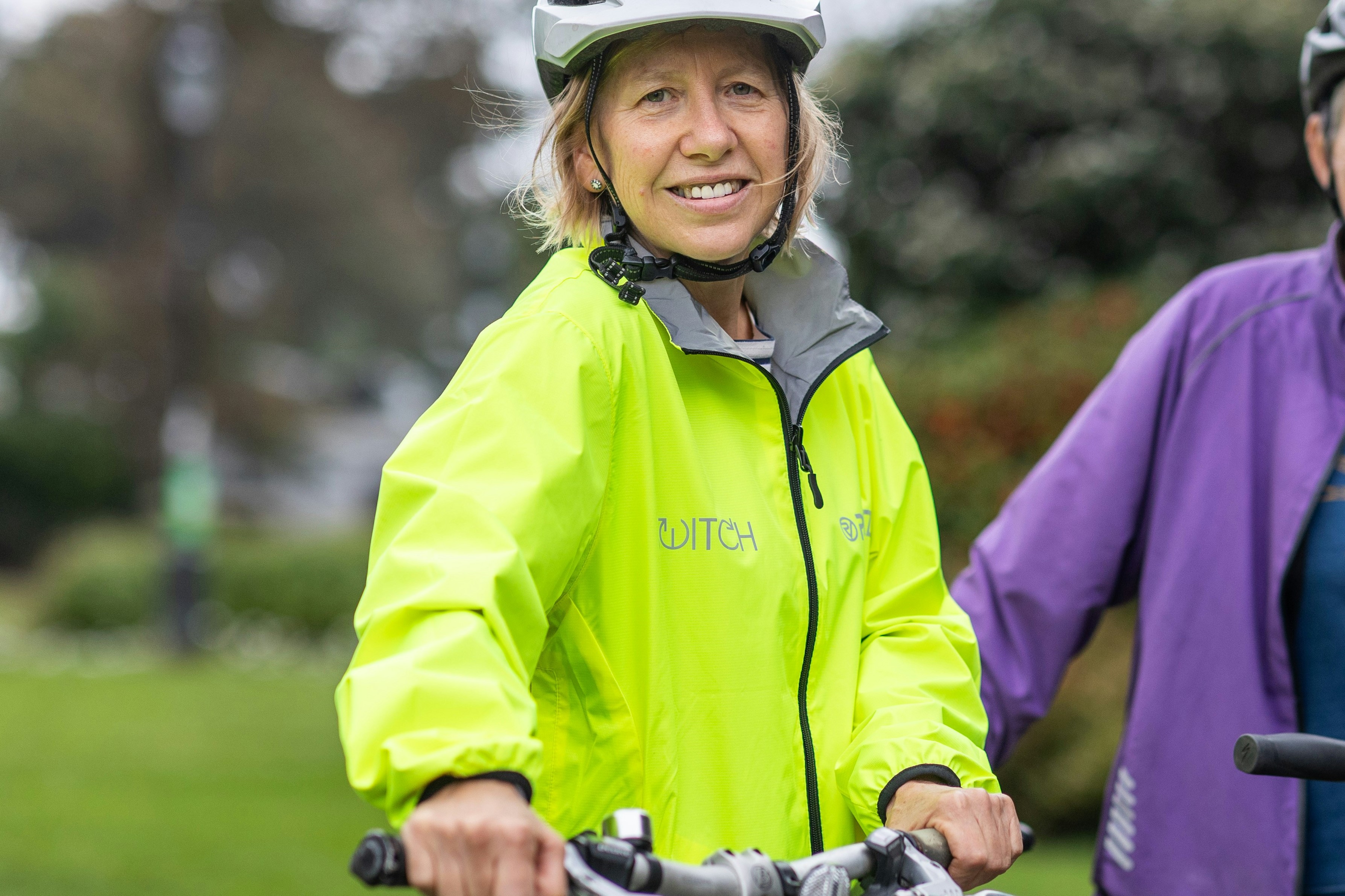
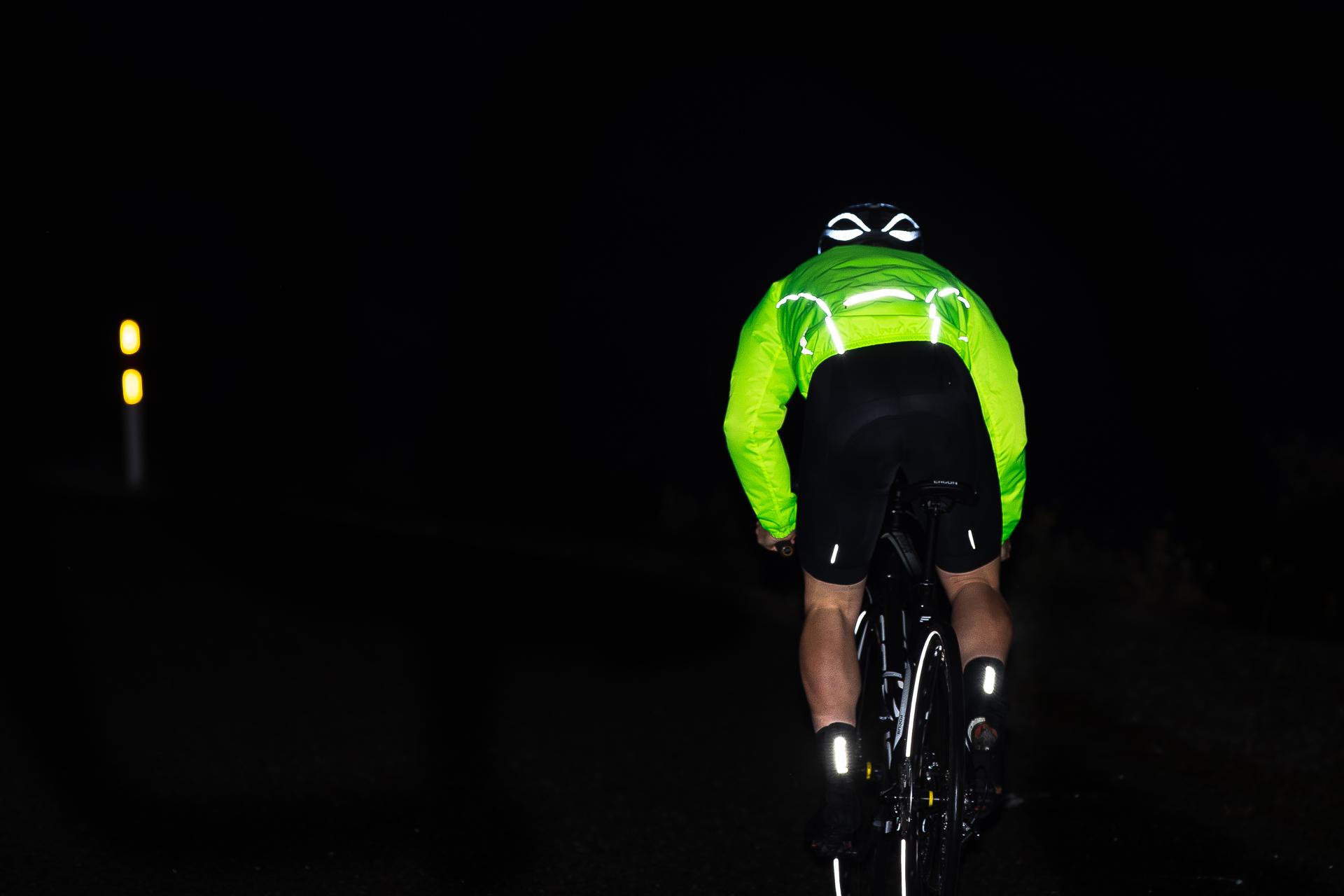
3. Mirrors: See What's Behind You
Adding mirrors to your bike can help you see what's happening behind you without turning your head. This is especially useful for older riders who may have limited neck mobility. Mirrors give you a better view of traffic and allow you to make safer decisions while riding.
Shop Mirrors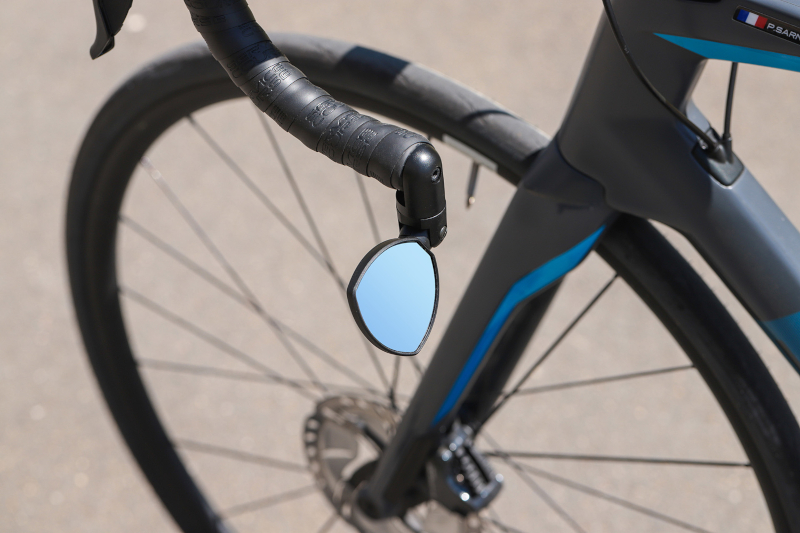
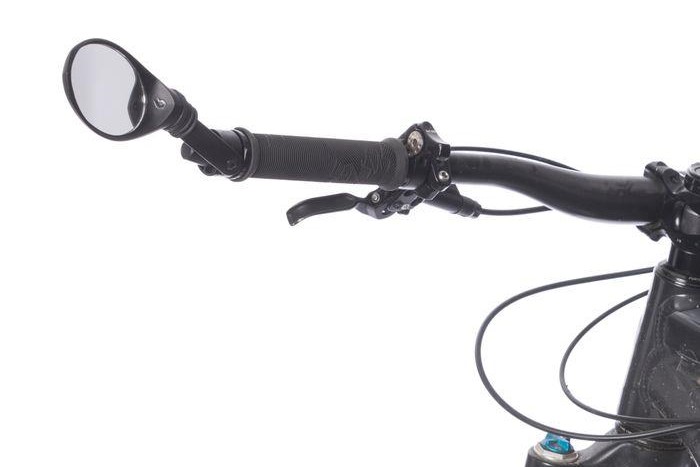
4. Bells: Let Others Know You're Coming
A bell is a simple but effective tool for alerting pedestrians and other cyclists. Use it when passing, especially on shared paths, to avoid startling others. A quick ring lets people know you’re there and helps prevent accidents.
Shop Bike Bells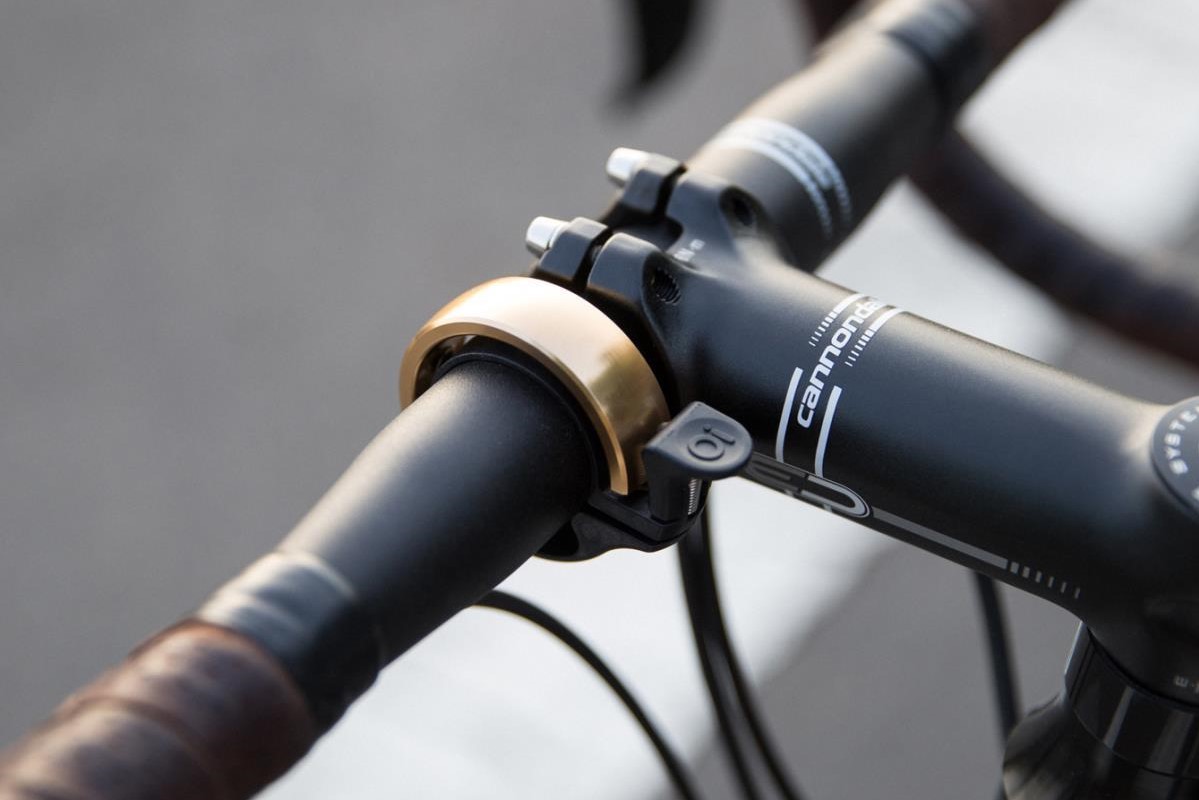
5. Daytime Running Lights: Be Seen All Day Long
Even in daylight, running lights can help you stand out to drivers. They’re not just for the dark—they make you more visible in traffic and reduce the chance of being overlooked. Consider using front and rear LED lights for added visibility.
Shop Lights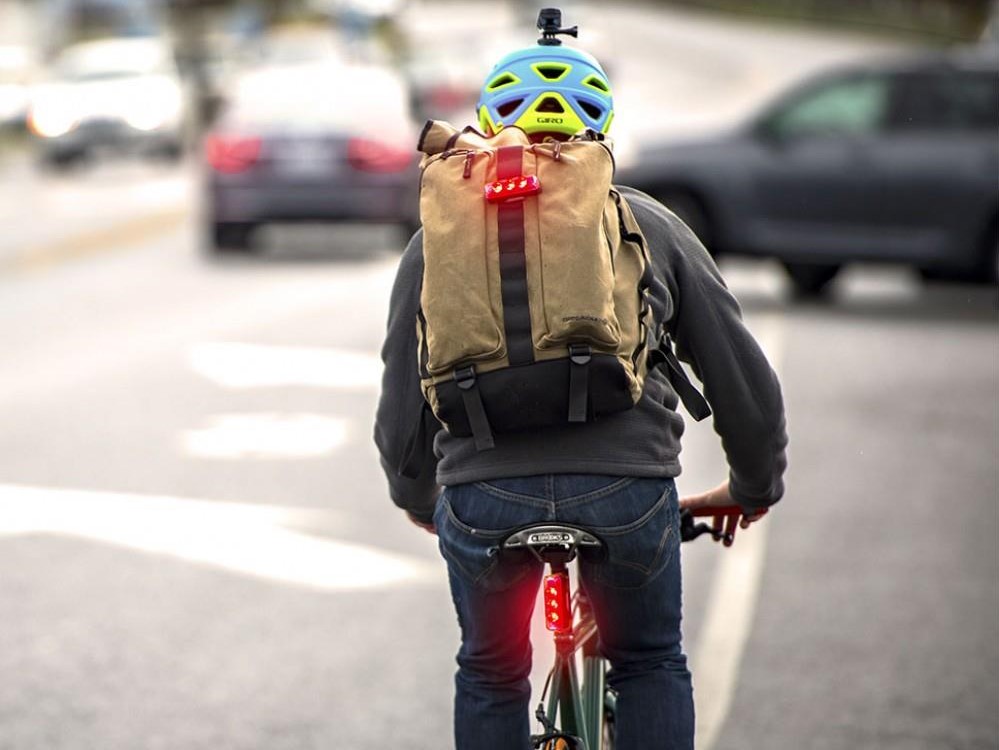

6. Bike Maintenance: Keep Your Ride Reliable
Regular maintenance keeps your bike safe and performing well. Check your brakes, tires, and gears before each ride. If you're unsure about doing it yourself, take your bike to a local shop for a professional check-up. A well-maintained bike reduces the risk of breakdowns and accidents.
Learn more7. Practice Basic Cycling Skills: Ride with Confidence
If you haven't cycled in a while, it's a good idea to brush up on the basics. Learn how to signal, brake smoothly, and navigate obstacles. Practicing these skills will help you feel more in control and less anxious on the road.
8. Stay Within Your Ability: Ride Smart
It's tempting to push yourself, but it's important to ride within your limits. Choose routes that match your fitness level and experience. Gradually build up your distance and difficulty as you gain confidence and skill.
9. Start Slow on an E-bike: Get Used to the Tech
E-bikes are great for longer rides and easier climbs, but they handle differently from regular bikes. Take your time to understand how they work, especially the acceleration and braking. Start with short trips and gradually increase your speed and distance as you get used to them.
Shop Electric Bikes10. Understand Road Rules: Ride Responsibly
Knowing the rules of the road is essential for safe cycling. Learn hand signals, right-of-way rules, and how to interact with vehicles. Always be polite, make eye contact with drivers, and stay alert. Being a responsible cyclist helps create a safer environment for everyone.
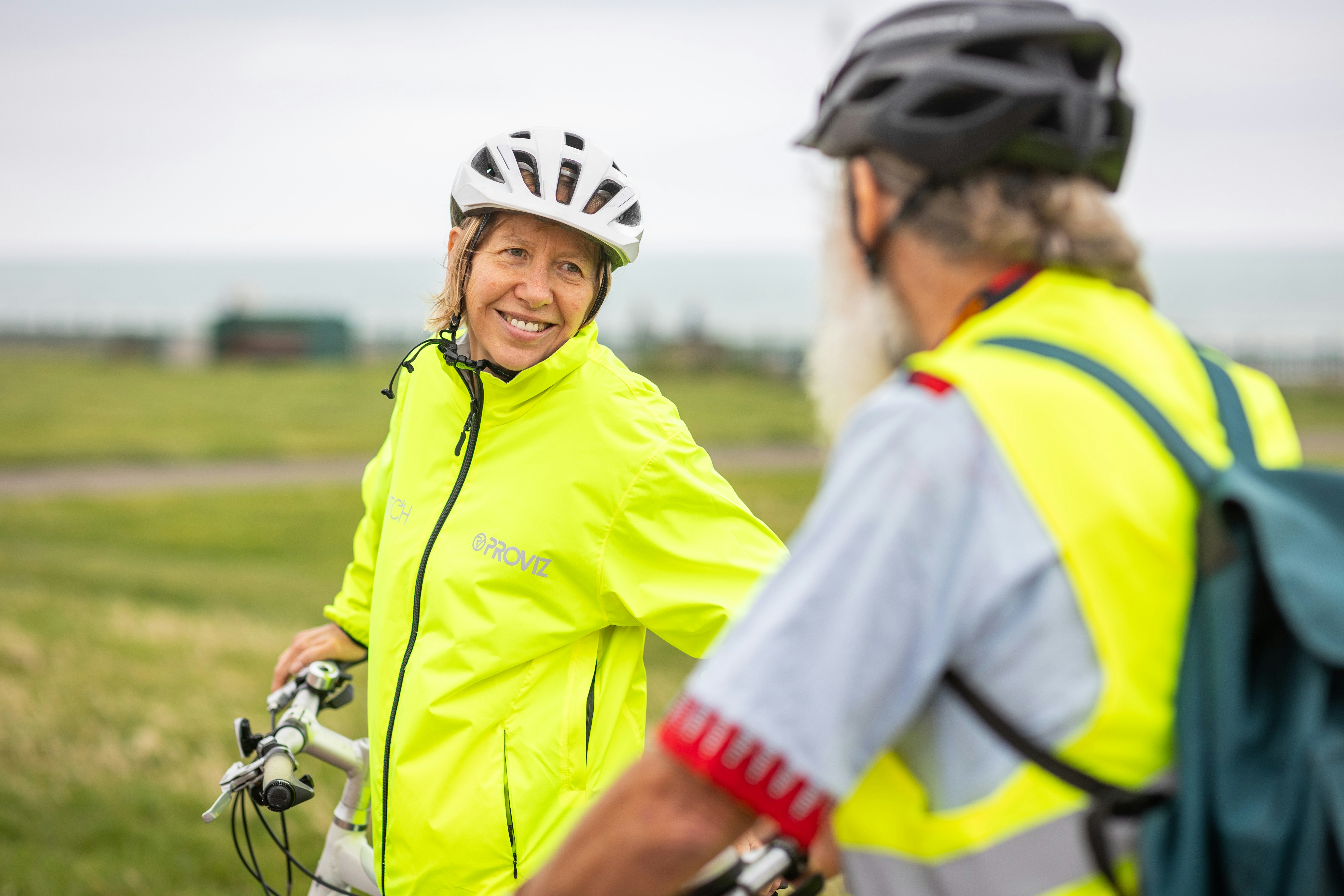
Robotic Mower Blade,Endurance Rotary Blades,Robotic Lawnmower Blade,Auto Lawn Mower Blades
Ningbo Jiangbei Chuangjia Stationery Factory , https://www.cjblade.com